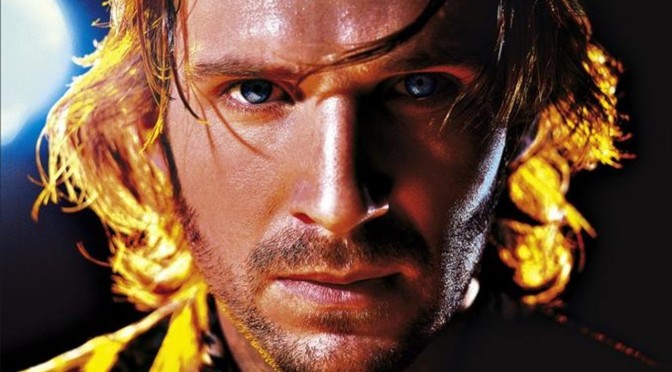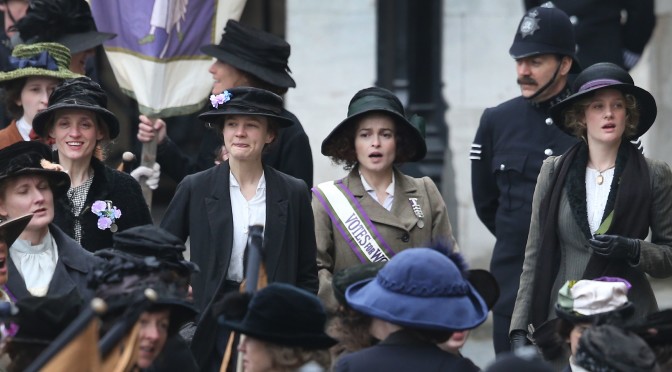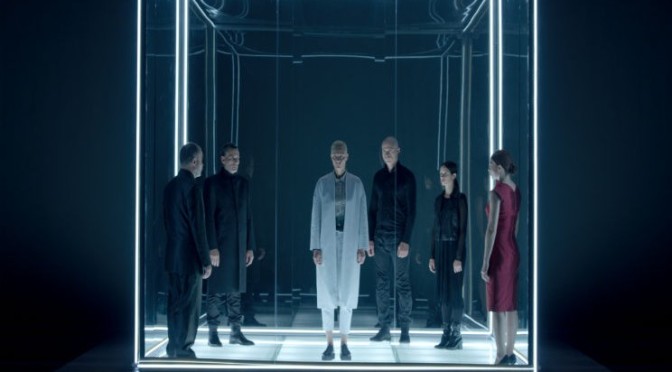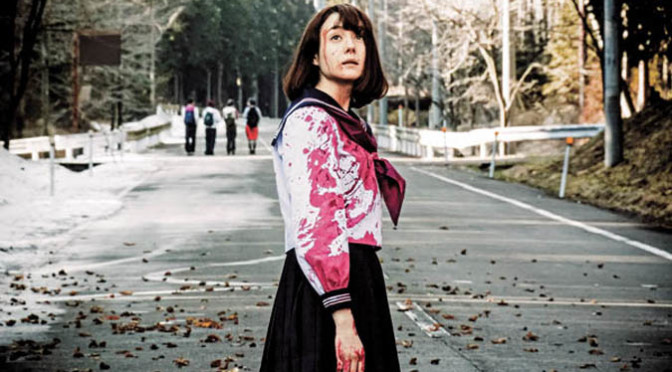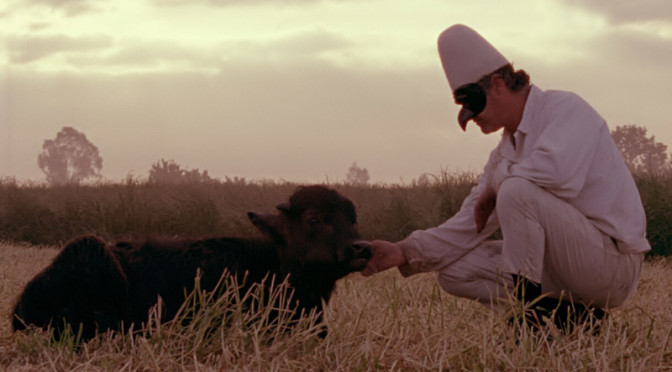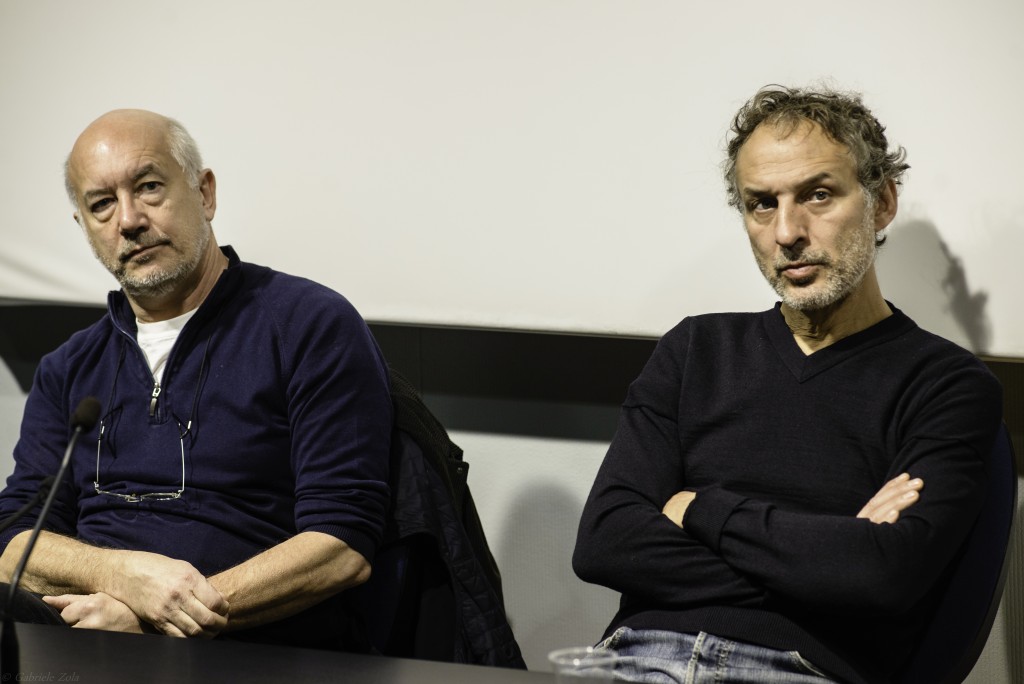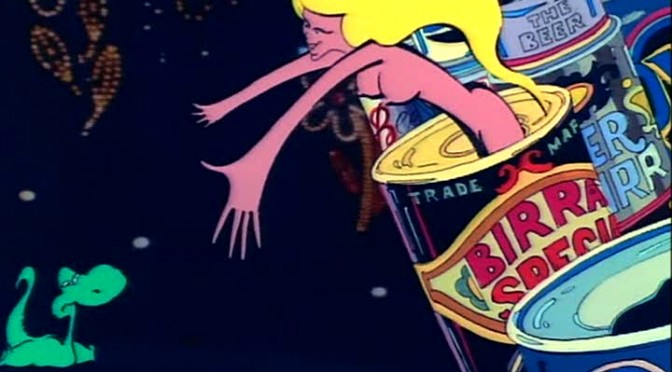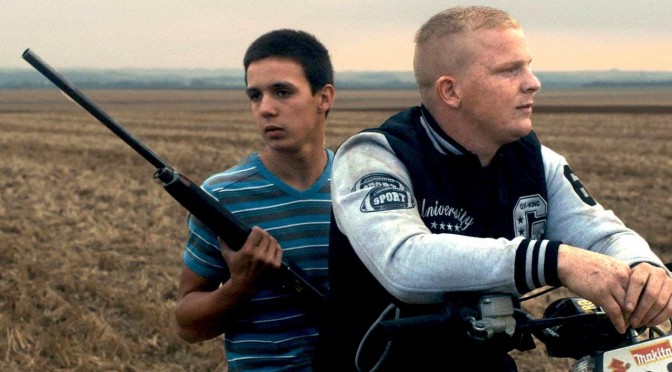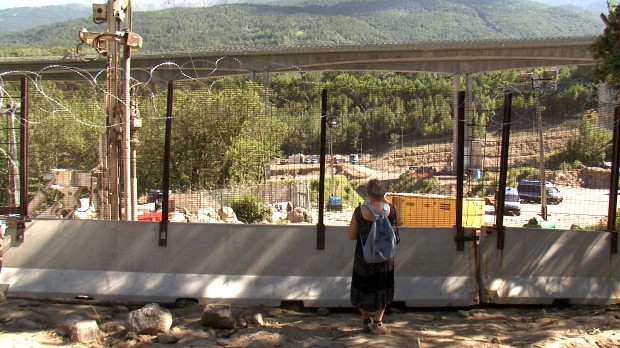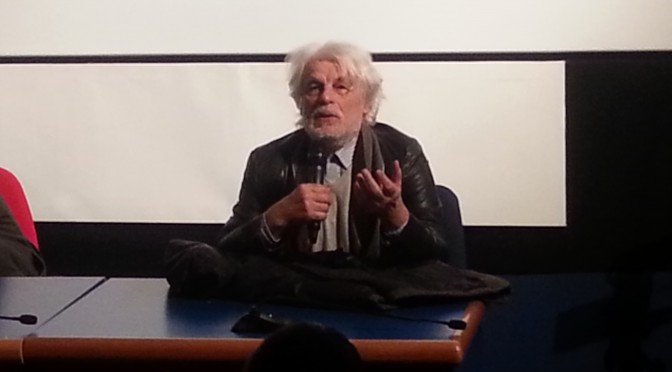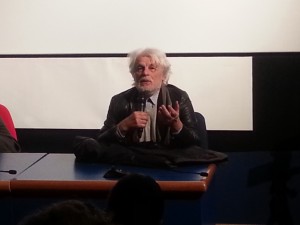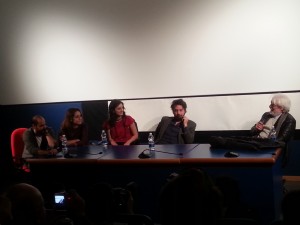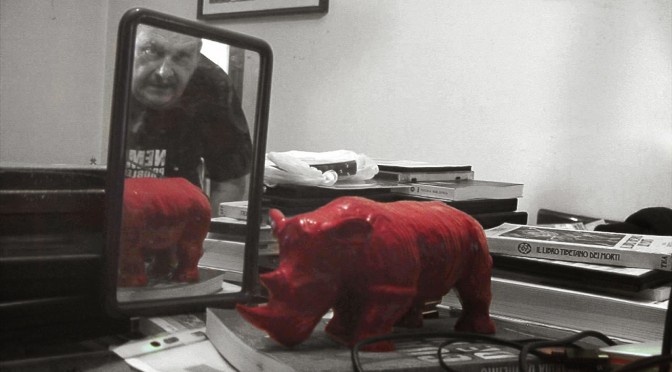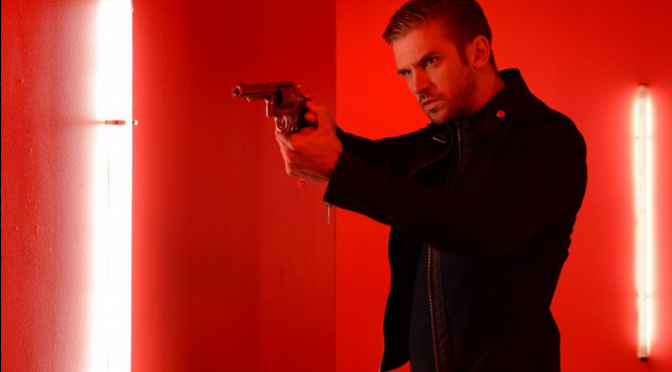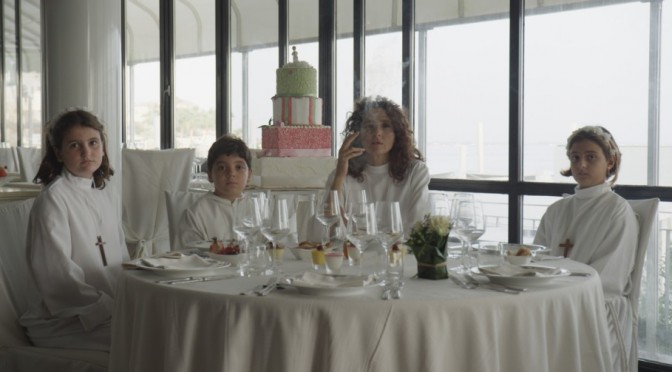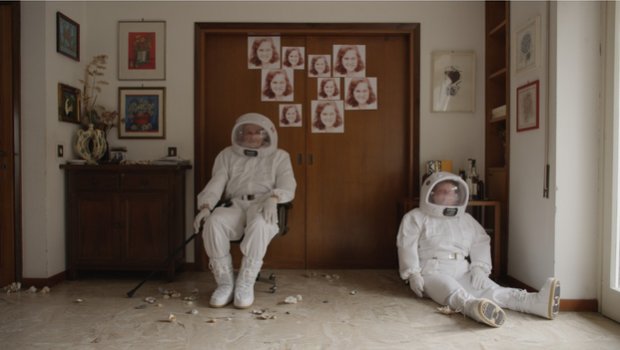Article by: Matteo Merlano Translation by: Lorenzo Matarazzo
-
Los Angeles, December 31 1999, at the dawn of the new millennium tensions and chaos rule a militarized city, slave to a new drug which is powerful and unstoppable: Deck, i.e. other persons’ experiences recorded on mini-disc and directly wired to the brain of the user. Lenny Nero (Ralph Fiennes) is the biggest “experiences’” dealer around, but when he receives a clip containing a Deck fix showing the truth about the homicide of rapper Jeriko One, leader of the rising afroamerican rebellion, his life takes a dangerous turn.
Set only four years after the moment of shooting, Strange Days predicted the future in a rather disturbing way. Kathryn Bigelow was the first woman director who cleared the Action genre through the customs of male-only directions (masterpieces such as Point Break and Near Dark are works of hers) and gives us the image of a Los Angeles which is nocturnal, violent and full of tensions and contradictions (a big part of the credit goes to the script from James Cameron, Bigelow’s ex-husband) where the characters wander like ghosts searching for Life, not theirs, but other people’s, the one which is “transferred” in the brain like a file from a Usb drive. No one is safe in this world and to escape sadness everyone is willing to do anything. A movie filled with a 90s’ atmosphere, from the aesthetic choices (fast montage and a photography reminiscent of the one used in videoclips) to the Hip Hop, Techno and Post-Punk countercultures, up to the human side, where in a society which lacks direction the only salvation is true love, when it is absolute and romantic. Great soundtrack: Tricky, Deep Forest, Peter Gabriel and Skunk Anansie, to name a few.
Perfect cast with Fiennes, at ease and troubled at the same time in this scenario, a Juliette Lewis who is more beautiful and reckless than ever and Angela Basset, who carries on the role of tough women so dear to Cameron (Sigourney Weaver in Aliens and Linda Hamilton in Terminator), as well as a disturbing Vincent D’Onofrio, playing a corrupted and psychopathic policeman.It is unbelievable how much of the vision from Bigelow and Cameron came true. At the time of production racial tensions had reached their peak because of the police killing of Rodney King in 1992. Today they have emerged again for the same reason in many places around the United States. A militarized L.A. sadly reminds of the big European cities of these weeks. After the 13 November tragedy in Paris and after other similar events, Strange Days appears extremely contemporary. A must see which helps to understand the dark, crazy and “strange” days that we are living in now, year of the Lord 2015.

